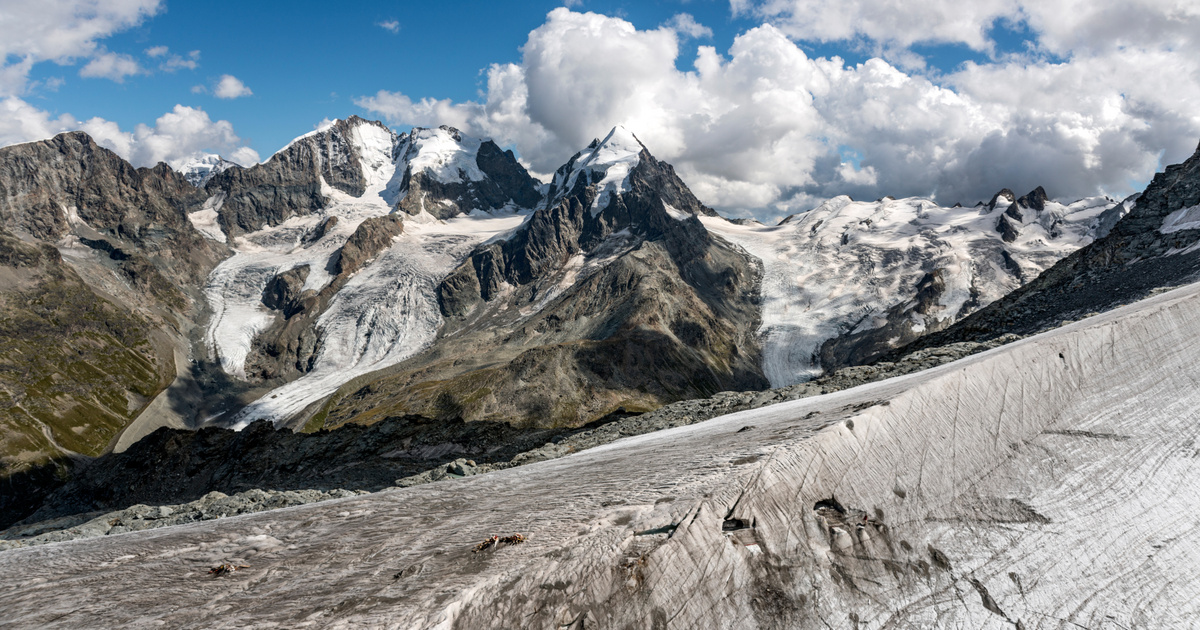“What we’re seeing is more powerful than we thought possible,” said glaciologist Matthias Haas, head of the university’s Swiss Glamus Metering Network. He said they could no longer continue the measurement program at Corvatsch because there was simply no ice to measure. The age of the Korvac ice sheets was known from previous measurements by the University of Heidelberg.
Under the Glamus program, the mass of winter snow and summer melt of glaciers has been measured for decades. In the case of three smaller glaciers (Bizol, Vaderet dal Korvach, Schwarzbachvern), the measurements were already abandoned in 2019, but after a slight melt last year, they tried again this year in the hope of finding a measurable amount of ice, but this Summer is getting “so bad” that it is no longer technically possible to measure further ice loss. The researchers now have nothing else to do but collect and clean up the leftover material.
When the ice melts, the landscape changes dramatically, and the already thin ice cover disappears in many places. This is how it happened in Korvac, where a chain of ice ridges that was thousands of years old was almost completely destroyed, leaving only small patches, the glacier researcher said.
According to the latest data from the University of Zurich, Swiss glaciers lost more than half their mass, 51.2%, between 1931 and 2016, which means 62 cubic kilometers of ice. Since 2016, melting has accelerated, causing another 12% loss.
Half of the glaciers are located in the Alps in Switzerland, and together the 1,400 Swiss ice streams cover just under 1,000 square kilometres, MTI reports.












































